We always tell you how precious the arts & crafts tradition is in our region, but it can never be fully understood unless you experience it in person, especially during a hands-on workshop or during a drop-in visit in a real bottega .
The latter is what exactly happened to me and Isabelle while we were walking down the alleys of Cagli, looking for our Valentine’s day story. We hadn’t planned to stop by the central quaint workshop of Linda, and in the end we went out after more than 2 hours!

Linda Zepponi is a very talented majolica artist, whose background is nothing but ordinary. You can definitely detect it in her works of art, even if you are not much of an artist yourself (indeed, we could tell we were talking to a real talented artist, even though I barely knew what the term majolica stands for).
If you are as much of a newbie to this topic as we are, let’s start from the very beginning!
Majolica is a tin-glazed type of earthenware that in Linda’s workshop is specifically produced locally by other very talented artisans. The earthenware objects are covered with glaze, which is first applied by immersion and on which the colours are then applied. The colours, which usually come from metallic oxides, are very dusty and almost earthy, and indeed dry up quite quickly. It’s enough to use a wet brush to have the colours ready again. The colour can come from cobalt (for blue), copper (for green), manganese (for dark brown) and so on.
There is even a specific colour in Cagli’s area, which is what is left from the “water bowl” where the brushes have been cleaned. It is indeed a mixture of colours, and it is called mezza tinta.



The full glaze palette
What I found extraordinary is that, after the colour dries on the pottery, you can draw very thin decorations not really by drawing them on top of the background, but by scratching the surface with a specific tool (since the colour is still very dusty, it is very easy to remove it). Once you are satisfied with the work, it’s time for the oven! Linda has a small one in her workshop, but a much bigger one at home (it needs a very big space).
Linda’s majolica has a strong historic tradition that is the one coming from Casteldurante history (not far from Urbino, in the Montefeltro area). This specific design is very classic, with a white background and fine strokes.
This classic way of producing majolica can be applied to vases, chandeliers, dishes and much more. But Linda’s creativity doesn’t stop here.
She has been studied several years: she started from working the metals, copper embossing, goldsmithing and more; moved to being an artistic ceramic decorator, while not leaving behind the art of precious stones mounting. She started by being admitted to very exclusive artistic courses, and continued to improve, study and apply her art in local workshops with the help of other experienced artisans.
She was very young when she opened her own workshop, as well as when she realized that she wanted to try something new other than the classic majolica, which remains her first love (she wanted this to be specified). She then started with a new colour for the background of her pottery pieces other than white (which is a more beige colour)..
…and ended up creating her own colour: blue Linda, her inimitable signature.
But art never stops! During the pandemic, Linda wanted to try even something newer, and she started to use a new vivid red to create very modern majolica depicting beautiful strong women, with a visible touch of local tradition (you can find it in the typical flowers of the area in which the women are standing).
Since she moved to the very centre of Cagli (her workshop is right in front of the theatre), her shop windows are a gateway to a magical world. She hosts private workshops for every curious person out there… you really don’t need to be an artist to bring back home your own small majolica.
What I personally think is the added value to Linda’s majolica is her willingness to cooperate with local artisans and people. She hosts and takes part to many workshops, activities and events in which the majolica matches perfectly together with other materials (i.e. wood, textiles and natural material) but also food & drinks, small fairs, children’s birthdays and much, much more.
If you’re interested or simply curious to see Linda and her beautiful small shop, you can visit her in Cagli, or through her website and Instagram profile. What’s even cooler is that she has an e-shop where you can browse through!
You can even buy your majolica starter pack and decorate your own object!


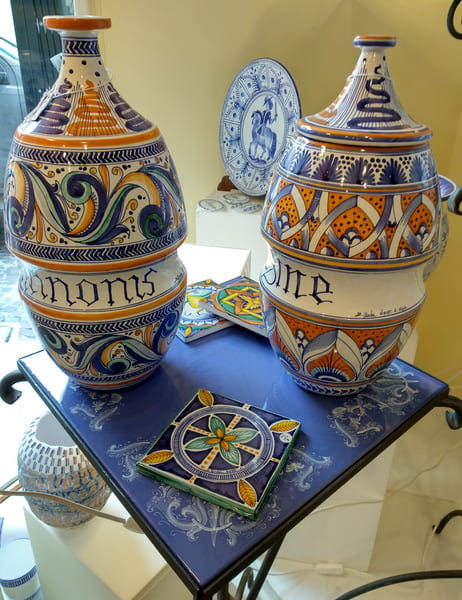
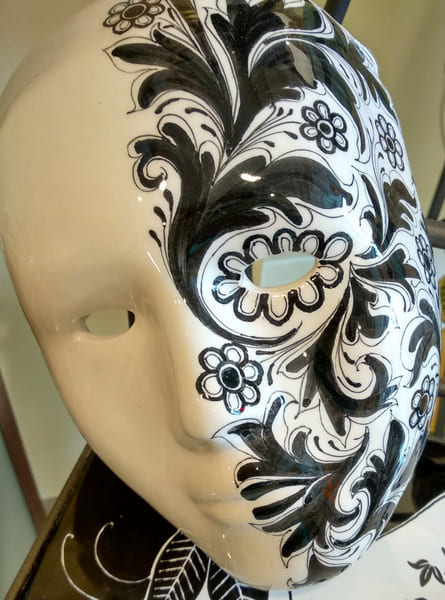
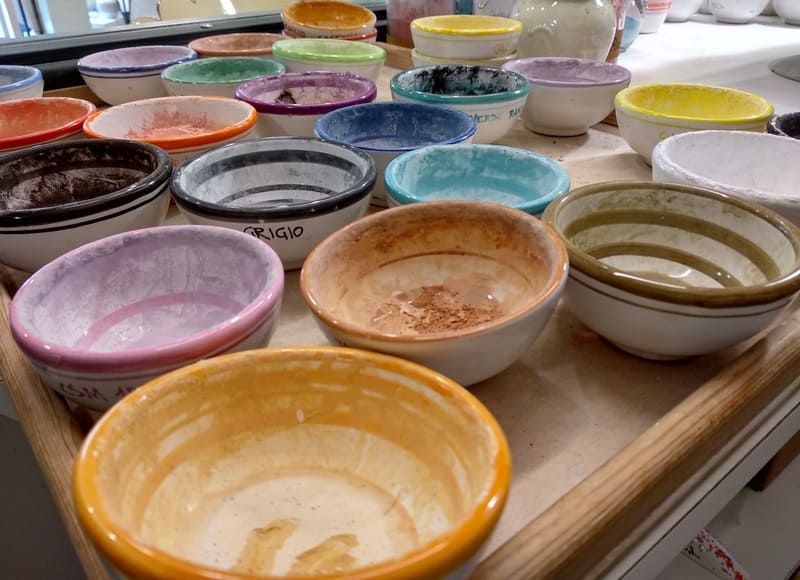
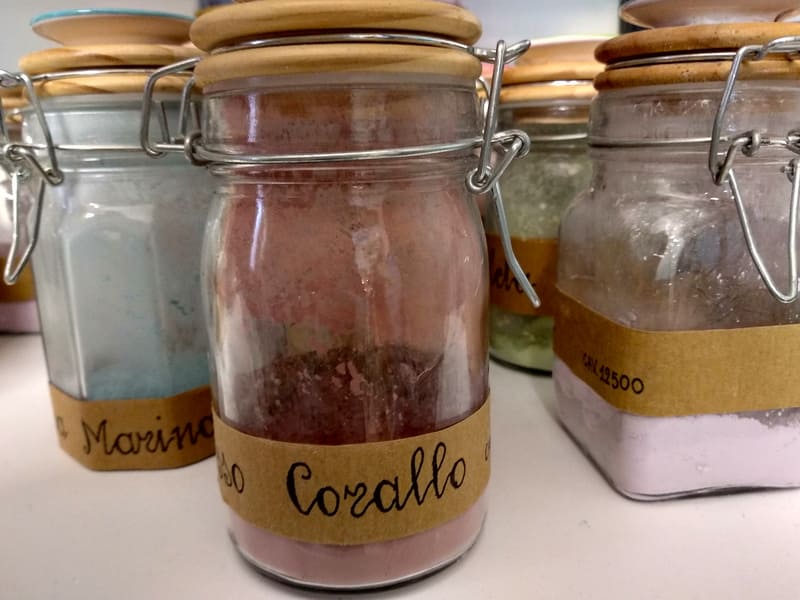
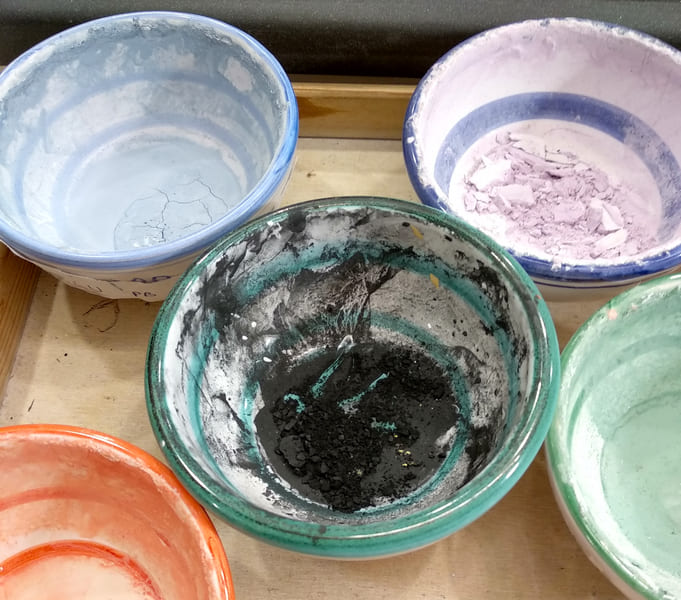
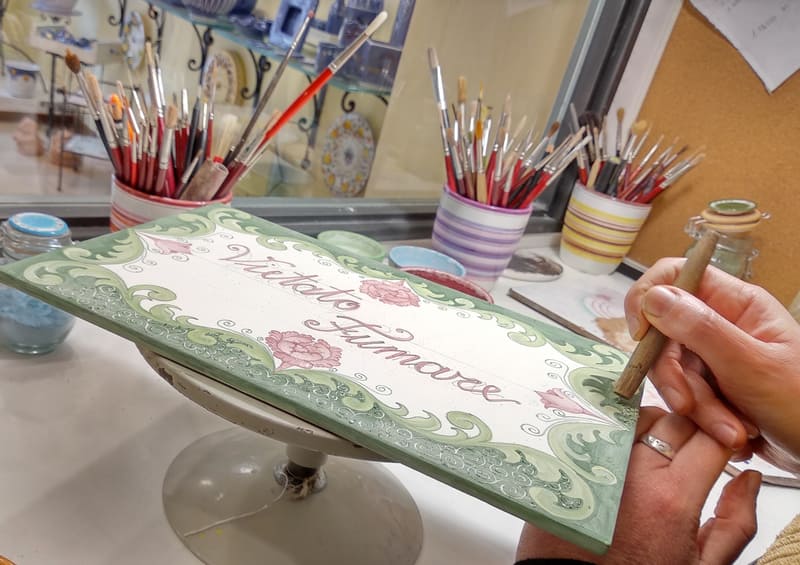
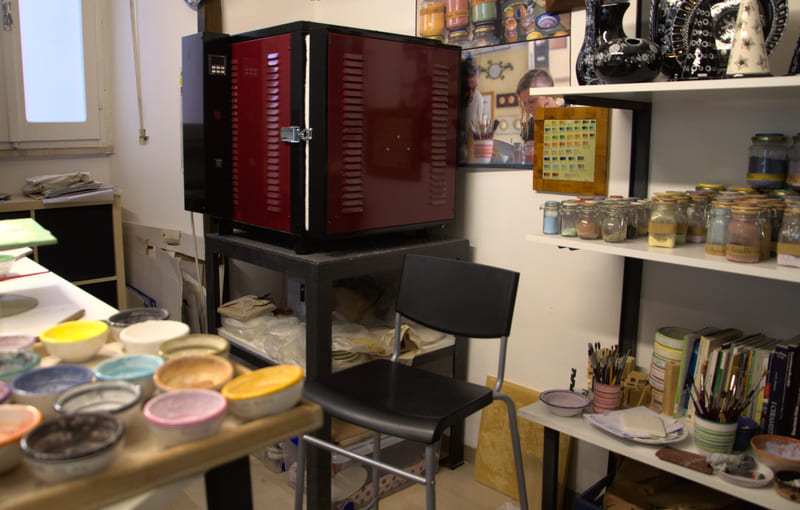
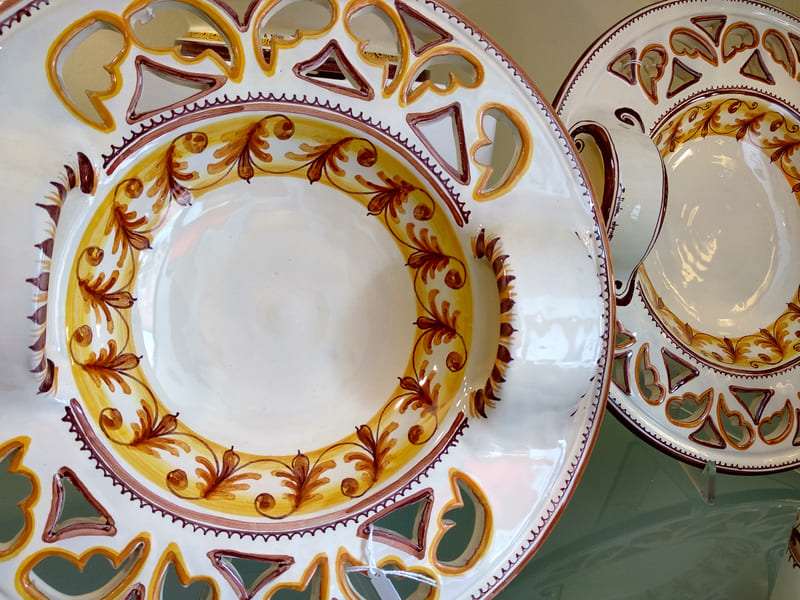

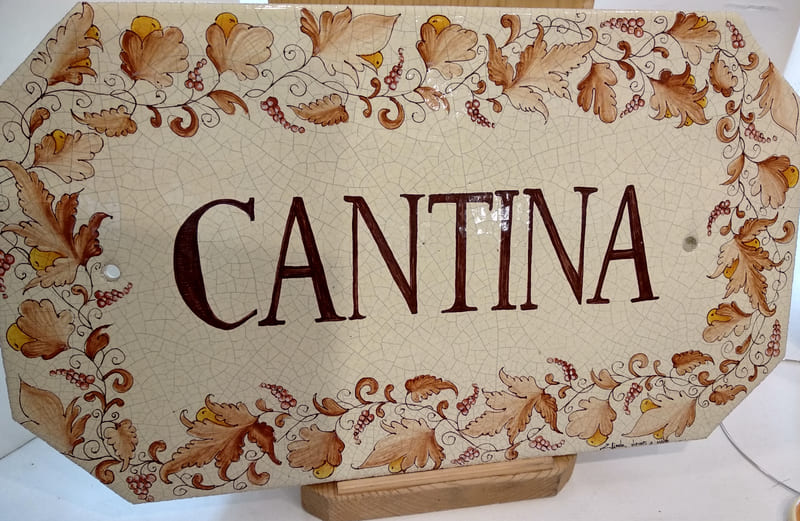
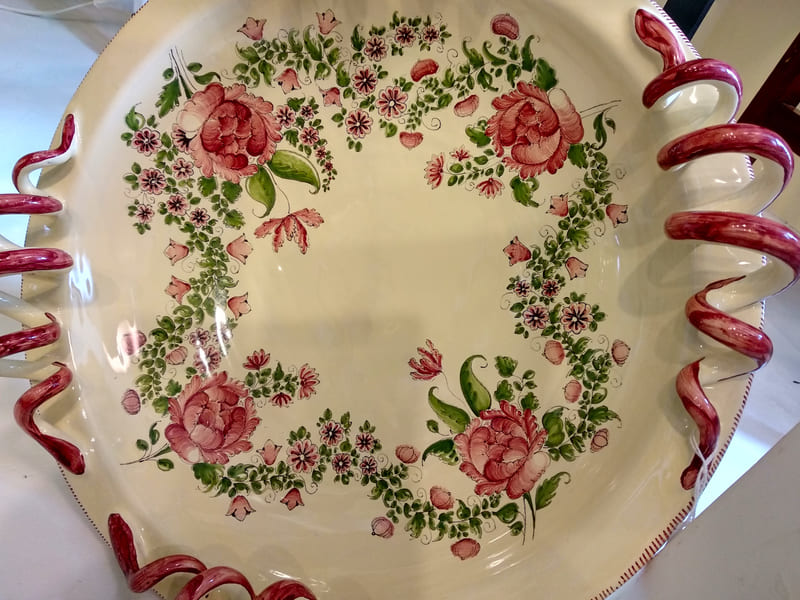
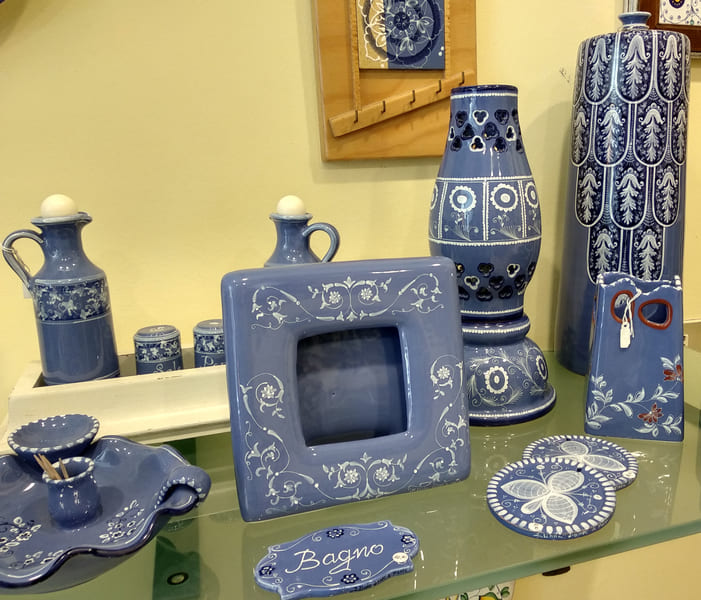
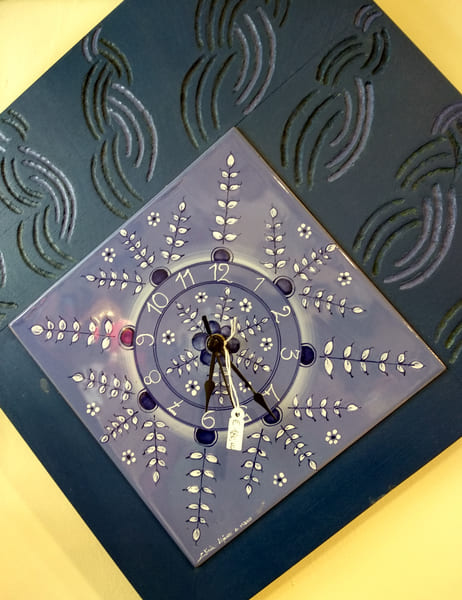

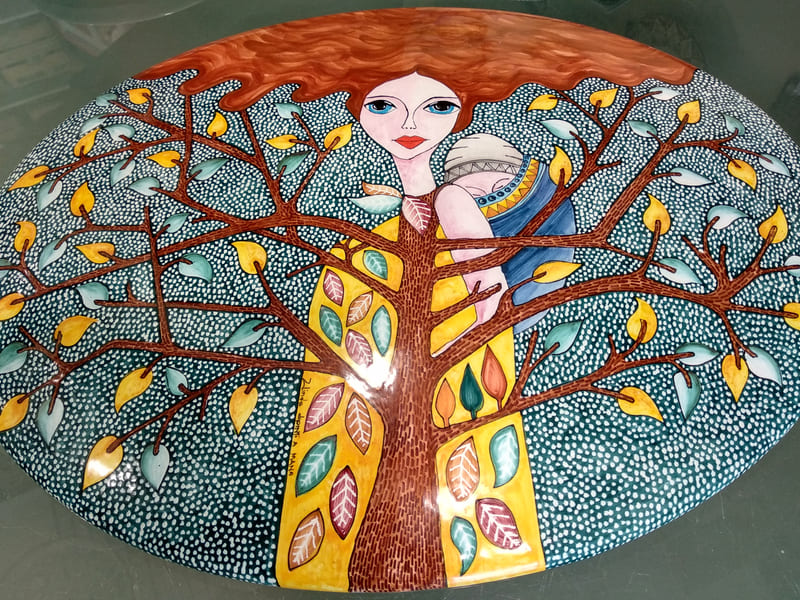
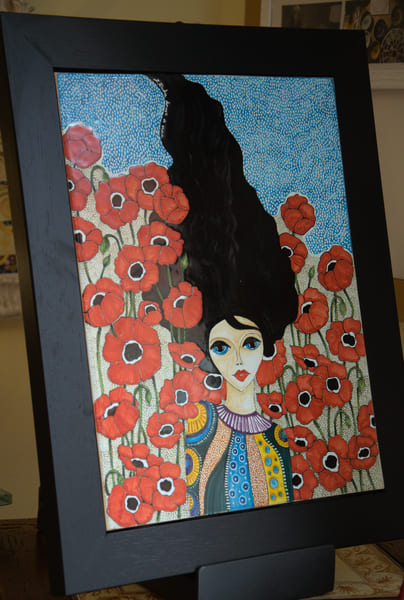
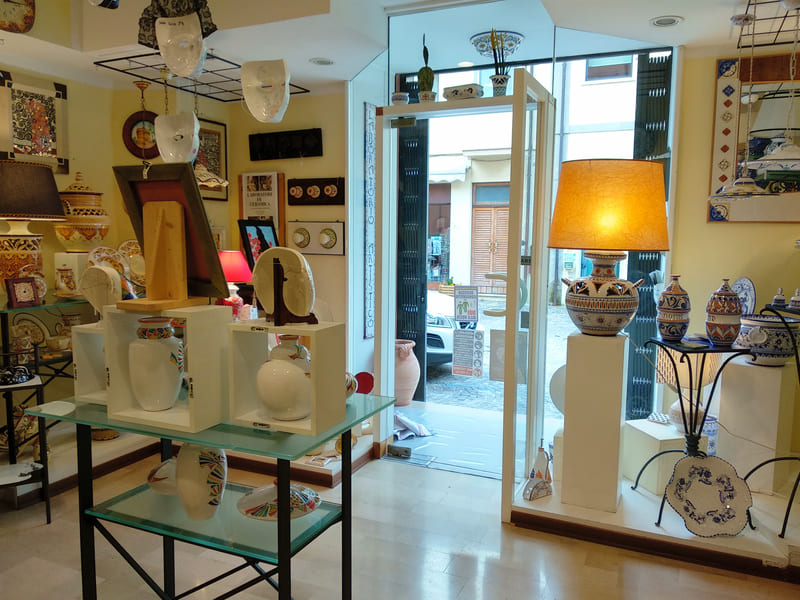

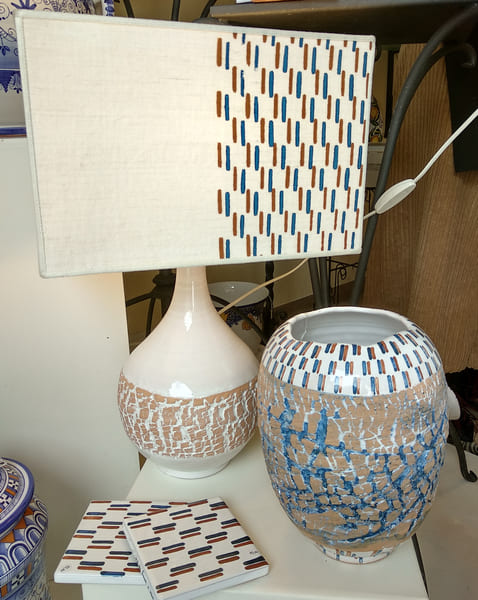

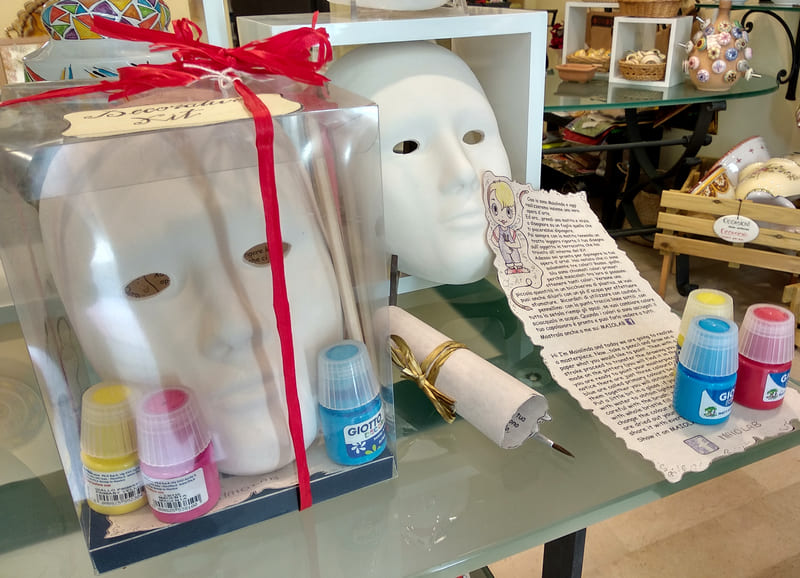
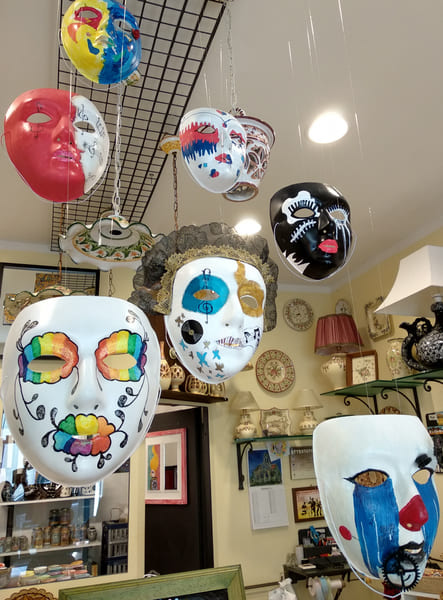
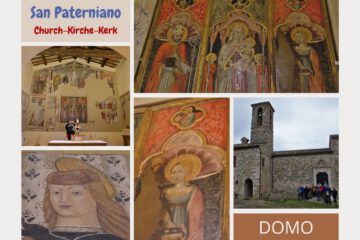
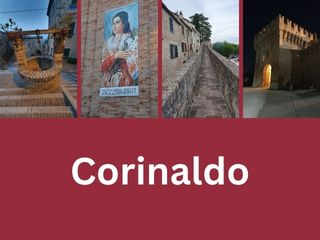

0 Comments